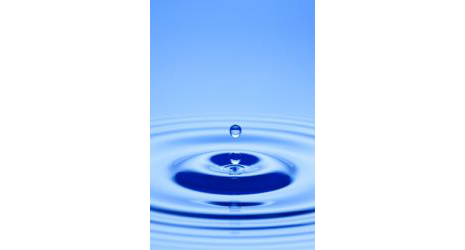
August 9, 2018 1:51 pm Science Project – Water Splashes
Guest Contributor – Tricia Edgar
Have you ever noticed the way a dropped stone makes a fun pattern in a pond or lake? What’s the science behind these splashy occurrences? Find out with this watery project!
Problem –
Does water ripple in different ways depending on the shape of the droppedobject?
Materials –
- Square, rectangular, circular, and triangular pieces of wood
- Scale
- Bathtub
- Camera
- Towel
- Notebook
- Pencil
Procedure –
- Get ready to splash! First, make four different splashing tools out of wood. These blocks should be four different shapes: square, rectangular, circular, and triangular.
- Weigh the different blocks to make sure that they weigh approximately the same.
- Now, take a bath. After your bath, put some towels on the floor beside the tub, since you’re going to be splashing.
- Create a hypothesis, your best guess as to what is going to happen. Ask yourself these questions:
- What do the ripples look like when I throw a rock into a pond? Do the ripples change if the shape of the rock is different?
- Ask a friend to take photos as you splash the objects into the water.
- Place the square piece of wood above your head as high as you can reach. Watch as it splashes into the water. Look at the ripples it makes
- after it splashes, and take a photo of them.
- Do the same thing with each piece of wood. After you’ve finished splashing, review the photos. Are the ripples made from each object the same? Similar? Completely different?
Results –
No matter what you throw into the water, the object will make a circular pattern as it falls into the water.
Why –
Even though objects are different shapes, they still make a circular ripple pattern. This pattern is not connected to the shape of the object. Instead, it’s a result. An object that moves downwards has a lot of energy when it hits the water. The energy from its downward motion changes when it hits the water and turns in part into energy that pushes outward from the center where the object has landed. The energy from the object moves out equally in all directions. As the energy moves out from the object, it makes little waves. These waves are called ripples. Since the energy moves out equally in all directions, the ripples are always in a circle. A triangular object will still make circular ripples.
How do you think that the ripples would change if you threw a heavier object into the tub? What about a lighter object? Keep guessing and testing new ways to increase your knowledge of the world!
For more fun and engaging science and math activities, go to Education.com


